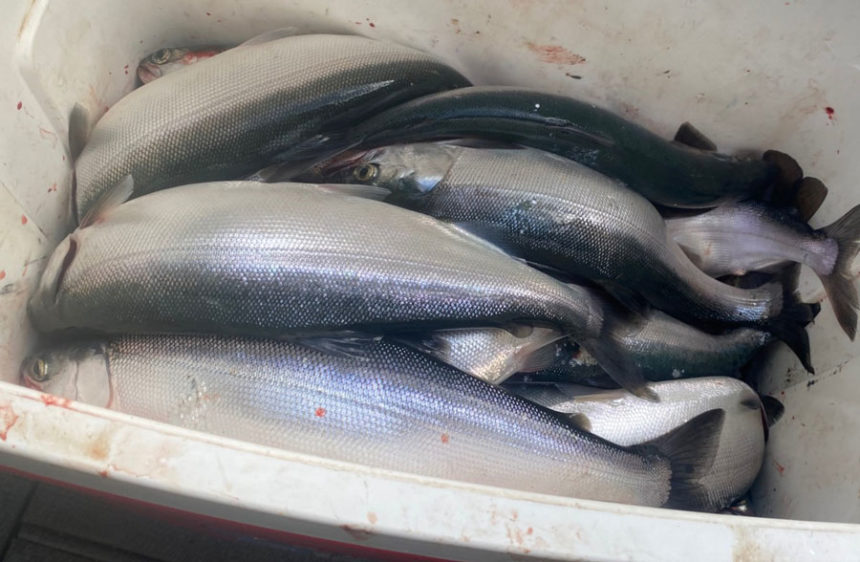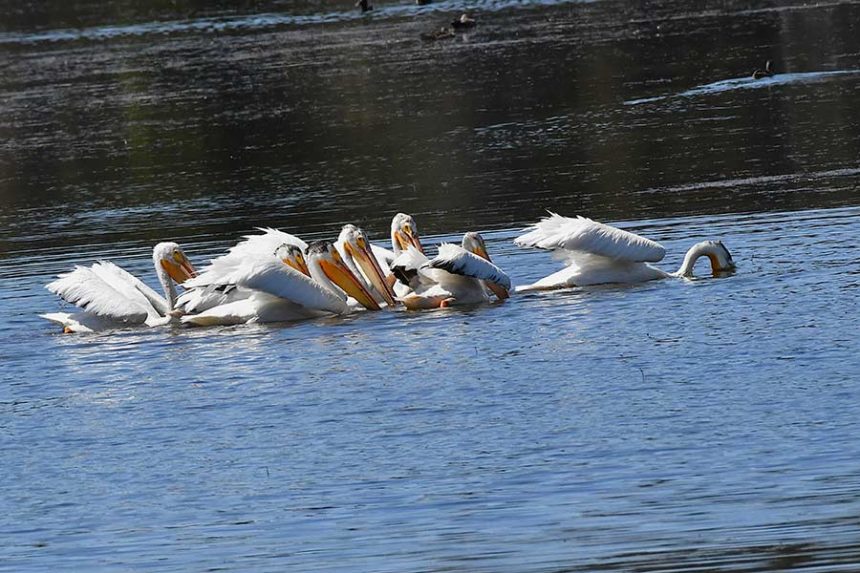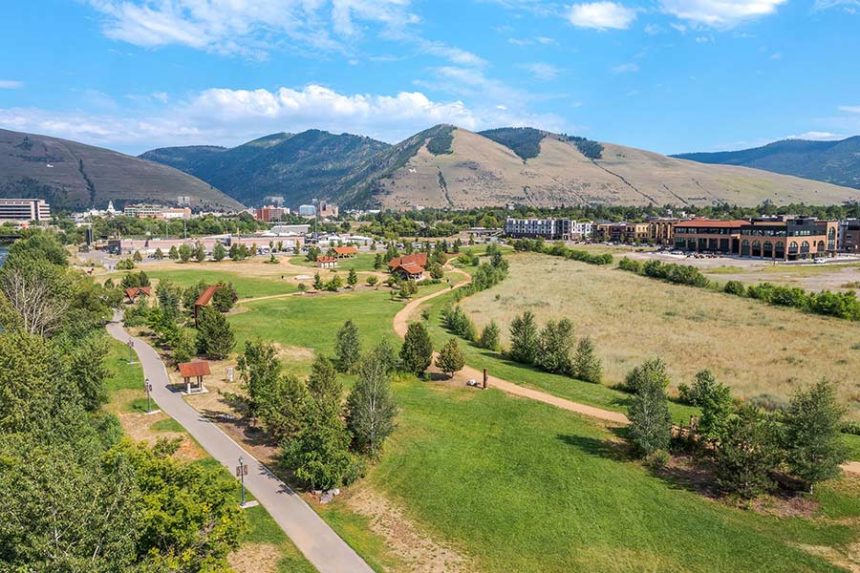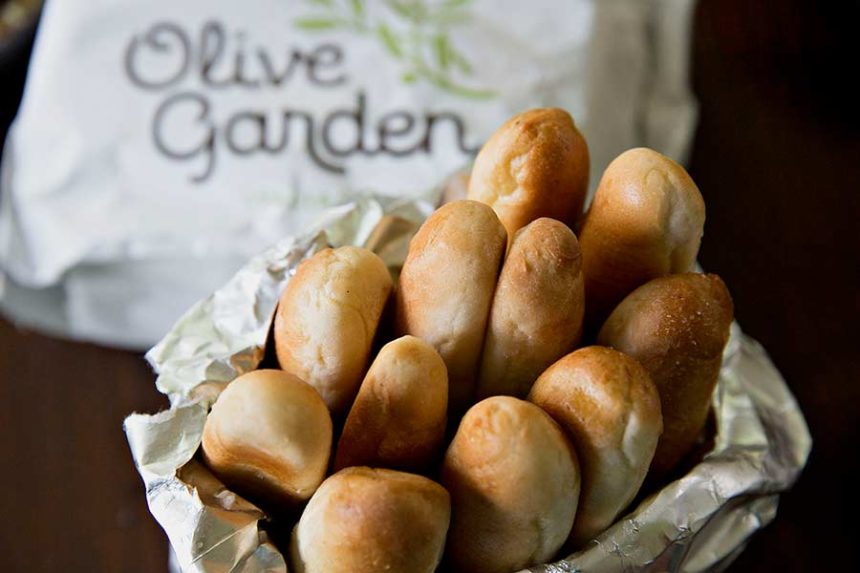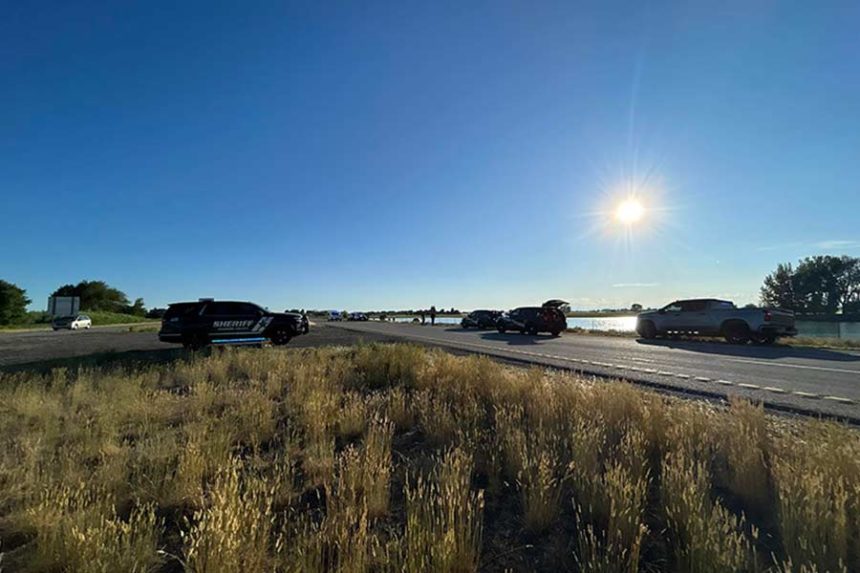For the past two weeks, my friend, Mike Bruton, has taken me kokanee fishing on Ririe Reservoir while I continue to recuperate from a heart attack. The fishing for kokanee continues to get more successful for us as we learn more and the fish are in the process of growing rapidly. Many of the two-year old kokanee caught are now between 12-to-16 -inches while the 2024 plants are in the nine-to-11-inch range.
One of the most effective ways to catch these land-locked salmon is using down-riggers which can be set at the depth where most schools appear on fish finders. Due to my restrictions at the present time, once a fish gets hooked on a down-rigger, I cannot jerk hard enough to pull the line out of the clip that holds the lure.
That led us to work with a fishing system called the “clip weight” system. This system uses a series of weights attached to clips to get the lures and bait to the schools of fish. This system starts with letting out about 20 feet of line, attaching a clip with a weight on the line and then letting out from 60 to 100 feet of line to get down to the fish. When a fish is hooked, you must stop reeling to remove the clip before netting in the fish.
If you do not have down-riggers and want to target kokanee I will explain several scenarios to help you be successful. First of all, kokanee like to hit tackle trolled from 1.2 to 1.5 miles per hour no matter how deep they are.
If you find schools of kokanee around 20 feet down, I will let out 20 feet of line, clip a two-ounce weight on the line and let out another 60 feet of line. That should put your dodger with a hoochy baited with scented corn from 18 to 22 feet below the surface. If you find the schools are 30 below the surface, I will let out 20 feet of line, put the weighted clip with a three-ounce weight and then let out another 80 feet of line. If the schools are about 40 feet down, I would let out the 20 feet of line, attach the weighted clip with a four-ounce weight and then let out another 100 feet of line.
The first 20 feet of line you let out puts enough distance between the weighted clip from the tackle and bait to keep them from tangling. With my restrictions removing the clip while fighting the fish was not possible, so instead of putting out the 20 feet to separate the clip and the dodger, we put them about five feet apart. This caused me to tangle the two together – unless I let them out very slowly. This allowed me to be successful while Mike was catching fish with the down-riggers.
This week we found most of the kokanee were shallow and scattered but very active at Ririe Reservoir. After catching our kokanee, a trout and a perch on our kokanee rigs, we watched several boats also catching them from the Juniper boat ramp up into the canyon. The fish are gaining weight rapidly with the 14-to-16-inchers becoming deep and wide. The 2023 stocked kokanee are just three months away from spawning and then dying. During that time, they may grow another two inches, making some very large kokanee to catch.
If you have a desire to catch some Ririe kokanee and you do not have down-riggers, you can search the internet for several different ways to do that. There are also charts posted that will allow you to pinpoint schools of kokanee for a chance to catch these delicious fish.
Good luck and be courteous to all the boats using Ririe Reservoir.
